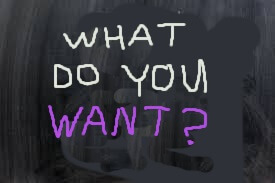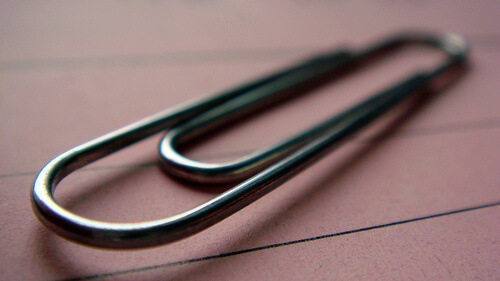
“The first step to getting the things you want out of life is this: Decide what you want.” – Ben Stein
To truly know what you want is not an easy question to answer correctly. Henry Ford once said that, in the beginning, if he had ever asked his prospects what they wanted they would have said “a faster horse”.
To know what you truly want is often tricky but it’s worth the effort to seek out an answer because it can reveal what you’re truly passionate about. That can set the path for how your entire life unfolds.
In my own experience my dad comes to mind. While just a teenager he saw a family member greatly relieved from excruciating pain by an osteopathic physician and he immediately knew what he wanted to do with his life from then on. After a successful 35-plus year career helping thousands of his patients get relief from pain he retired as doctor of osteopathy. Only one of two in our entire city.
He was one of the lucky ones.
Many wander through time “sheep-walking” as business blogger Seth Godin calls it, and never making the decision to end the cycle of getting a job, staying at it for a while, growing tired of it, then landing another, and then repeating. All the while never quite hitting that high note. Only to one day get past the point of no return. Always missing that point of critical realization and now too late to make a difference. Too late to ever know the answer to “What do I want?”.
I think that, like my dad, in a way I was one of the lucky ones too. I knew I wanted to become an entrepreneur. But I wanted to find something new and then offer it to the world. I did actually find something but, of course, I just never knew that it would take me to the age of retirement before I could finally see it being accomplished in any real degree of scale.
But now that it’s coming to fruition it’s my passion and my hope that it helps deliver many people to a place where a new self belief can thrive so that the great question is finally answered for them before too much time has passed.
That’s why I’m soon launching my next new project. I’m calling it “Human Potential 2.0”. It’s being positioned to re-tool what has become known as traditional self-help or personal growth. The original model, which began 100 years ago, was to help us realize our own human potential. But over the years it has lost it’s power to effect useful and lasting change that matters.
I intend to fix that by reassigning our focus to more authentic intrinsic elements. To foster a fundamental change that I’m convinced must come about in order to make better choices in how we view ourselves.
For example the fantastic but widely under-reported bio-medical discovery, now almost 20 years ago, that confirmed the fact that humans are dual-brained – one in the head which can think but not feel and a lesser known one in the gut that doesn’t think but feels everything.
With this project we’ll begin with another great quote, this time from Theodore Roosevelt: “Do what you can, with what you have, where you are.”
Most of this instruction is not too difficult to grasp. The “Do what you can… where you are” parts are no great mystery. Most of us know how to work hard and most should know who they are. The tough part begs another great question…
What is it that you really have?
Answering that is in essence what Human Potential 2.0 is all about. Because if we can answer that question in a way that resonates with our own thinking/feeling dual-brained personage then that will lead us to refine what it means to know what our passion is. And knowing your true passion leads to a tremendous sense of hope for the future.
Watch this space for my upcoming posts on this subject and the accompanying video series that follows.
More power to you.




